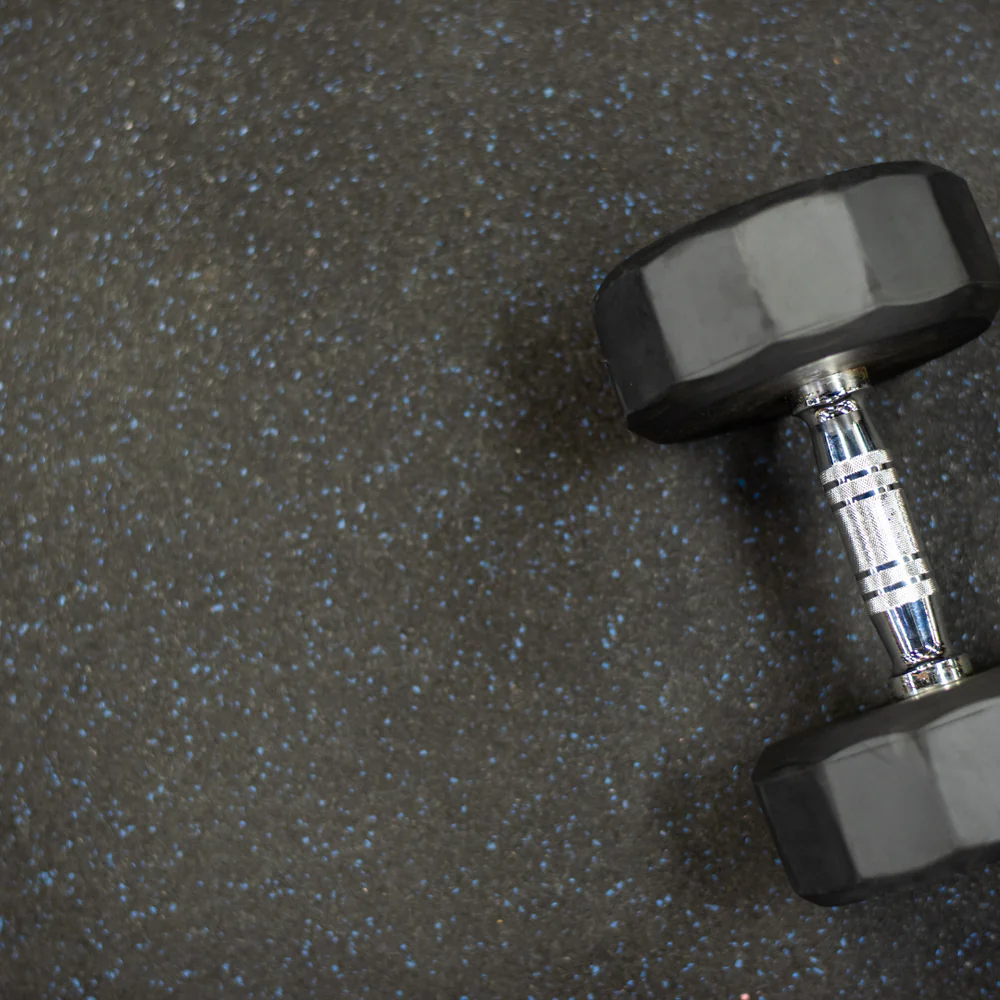Types of Rubber Flooring Material Required for a Gym
When setting up a gym, one of the most critical considerations is the type of flooring material. The right flooring ensures safety, durability, noise reduction, and aesthetic appeal. Rubber flooring is a popular choice for gyms due to its resilience, shock absorption, and ease of maintenance. Here's an in-depth look at various types of rubber flooring materials suitable for different gym areas and activities.
1. Rubber Tiles
Description: Rubber tiles are a modular flooring option available in various sizes, typically ranging from 12x12 inches to 36x36 inches. They are interlocking, making them easy to install and replace.
Advantages:
- Shock Absorption: Excellent for high-impact activities such as weightlifting. They reduce the risk of injury by cushioning falls and absorbing shock from dropped weights.
- Durability: Can withstand heavy use and are resistant to wear and tear.
- Versatility: Available in various thicknesses and colors, they can be tailored to match the gym’s aesthetic.
- Easy Installation: The interlocking system allows for quick installation and replacement of damaged tiles without disturbing the entire floor.
Best Uses: Weight rooms, functional training areas, and areas with heavy equipment.
2. Rolled Rubber Flooring
Description: Rolled rubber flooring is sold in large rolls, typically 4 feet wide and up to 50 feet long. It provides a seamless appearance once installed.
Advantages:
- Seamless Coverage: Ideal for covering large areas with minimal seams, reducing the risk of tripping.
- Cost-Effective: Generally more economical for covering large spaces compared to tiles.
- Noise Reduction: Excellent at absorbing sound, making it suitable for high-traffic gyms and reducing noise pollution.
- Easy Maintenance: Smooth surface makes it easy to clean and maintain.
Best Uses: Cardio areas, group fitness rooms, and general gym flooring.
3. Rubber Mats
Description: Rubber mats are typically smaller than tiles and rolls, often measuring around 4x6 feet. They are thicker and more portable.
Advantages:
- Portability: Easy to move and rearrange, making them ideal for temporary setups.
- High Impact Resistance: Perfect for areas where weights are frequently dropped, as they offer maximum protection for both the floor and the equipment.
- Easy to Clean: Can be lifted and cleaned individually, ensuring hygiene.
Best Uses: Underneath weightlifting stations, in designated stretching or warm-up areas.
4. Rubber Pavers
Description: Rubber pavers are thicker and have a brick-like appearance. They are designed for heavy-duty use and provide excellent shock absorption.
Advantages:
- Durability: Extremely durable, suitable for outdoor gym areas or high-traffic zones.
- Slip Resistance: Their textured surface provides excellent traction, reducing the risk of slips and falls.
- Weather Resistance: Ideal for both indoor and outdoor use, as they withstand various weather conditions without degrading.
Best Uses: Outdoor workout areas, high-impact zones, and pathways within gym facilities.
5. Eco-Friendly Rubber Flooring
Description: Made from recycled rubber, eco-friendly flooring is an excellent option for environmentally conscious gym owners.
Advantages:
- Sustainability: Made from recycled materials, reducing environmental impact.
- Performance: Offers similar benefits to conventional rubber flooring, including durability and shock absorption.
- Aesthetic Variety: Available in a range of colors and patterns, allowing for creative design options.
Best Uses: All gym areas, particularly for gyms with a focus on sustainability.
Conclusion
Choosing the right type of rubber flooring material for gym involves considering the specific needs of each area within the facility. Rubber tiles offer flexibility and ease of maintenance, rolled rubber provides seamless coverage for large spaces, mats offer portability and impact resistance, pavers ensure durability for outdoor and high-impact zones, and eco-friendly options cater to sustainability goals. By selecting the appropriate rubber flooring type, gym owners can enhance safety, performance, and the overall user experience.



Comments
Post a Comment